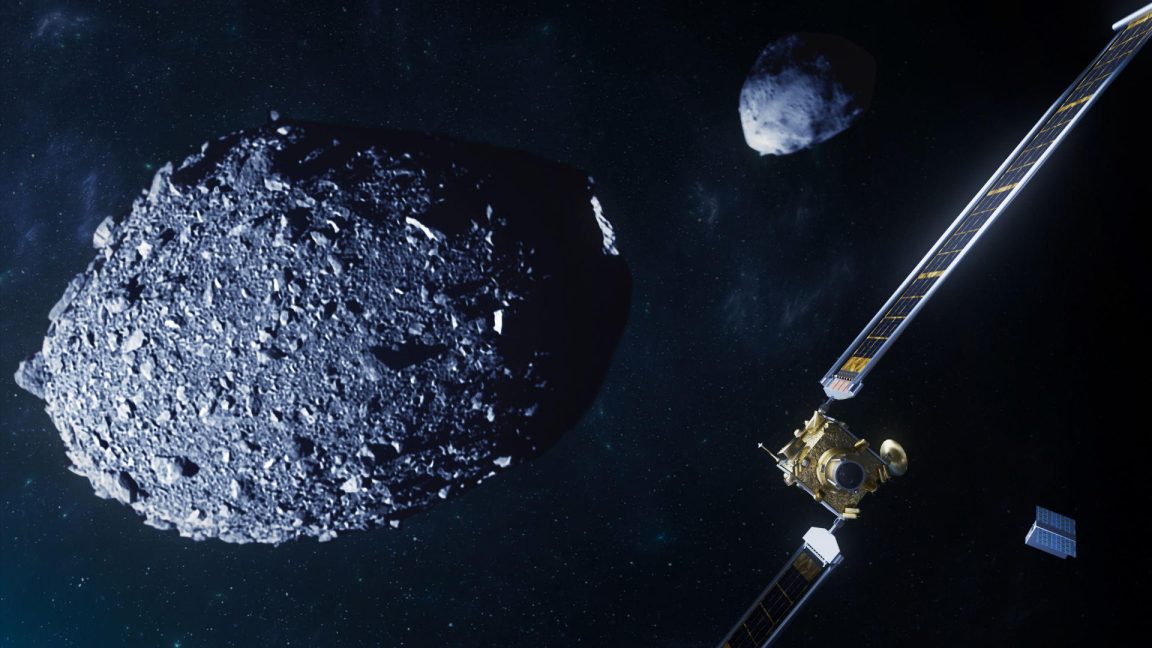To understand why the odds from NASA are changing and whether we should be concerned about 2024 YR4, Ars connected with Robin George Andrews, author of the recently published book How to Kill an Asteroid. Good timing with the publication date, eh?
Ars: Why are the impact odds increasing?
Robin George Andrews: The asteroid’s orbit is not known to a great deal of precision right now, as we only have a limited number of telescopic observations of it. However, even as the rock zips farther away from Earth, certain telescopes are still managing to spy it and extend our knowledge of the asteroid’s orbital arc around the Sun. The odds have fluctuated in both directions over the last few weeks, but overall, they have risen; that’s because the amount of uncertainty astronomers have as to its true orbit has shrunk, but Earth has yet to completely fall out of that zone of uncertainty. As a proportion of the remaining uncertainty, Earth is taking up more space, so for now, its odds are rising.
Think of it like a beam of light coming out of the front of that asteroid. That beam of light shrinks as we get to know its orbit better, but if Earth is yet to fall out of that beam, it takes up proportionally more space. So, for a while, the asteroid’s impact odds rise. It’s very likely that, with sufficient observations, Earth will fall out of that shrinking beam of light eventually, and the impact odds will suddenly fall to zero.
Well if it hits I’m willing to admit that God is real because he answered at least one prayer


